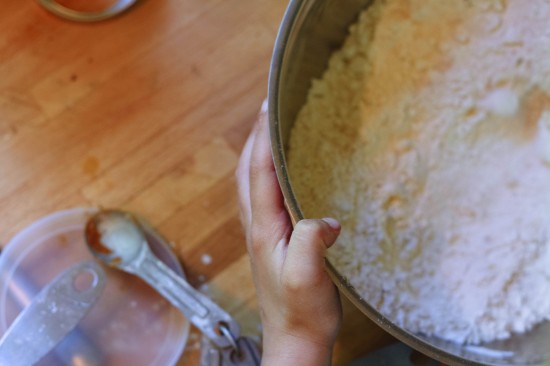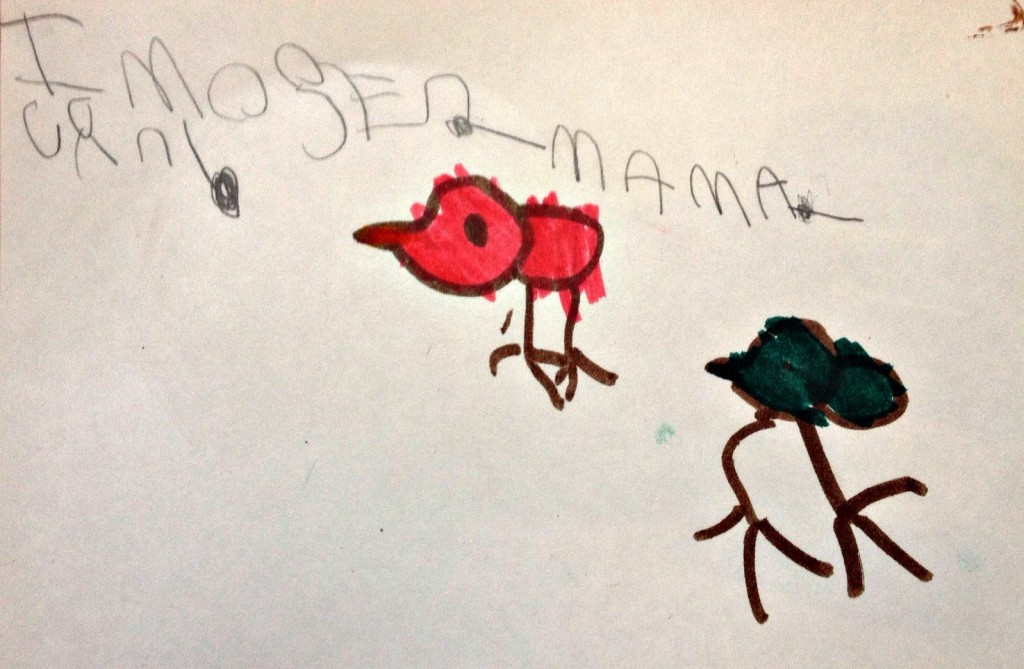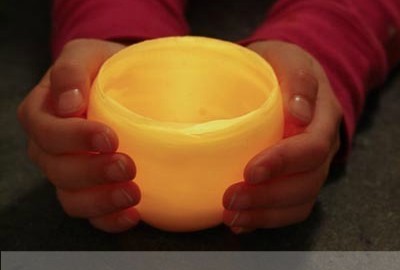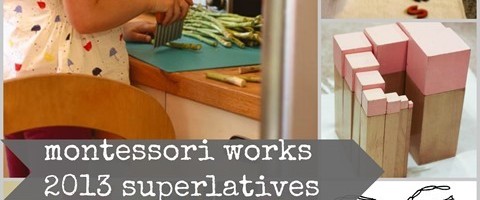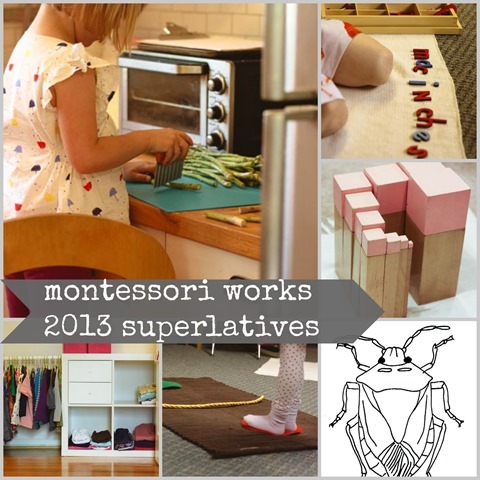I collect phrases. When I hear a string of words that resonates, I try to capture them in my mind or on paper. We are constantly trying to find the words to use with children — words that set limits, words that encourage, words that include.
During my school’s work week, while carpet was being installed in my class, I chatted with the teachers and administrators — what are some of your favorite phrases to use with children?
Here are 13 phrases, covering general interactions, alternatives for “good job”, conflict resolution, and the big one, redirection and limit setting. As you can see, most of them don’t just tell, rather they engage the child, help the child recognize their needs, and give the child the opportunity to be a problem solver. It’s not “Carry the tray right”, we say “Remind me, how do we carry a tray?” By engaging the child with these underlying ideas, we are giving them autonomy and a sense of control, rather than being controlled and just telling them what to do.
General
I see. . . or I notice. . .
Phrases that help redirect behavior and set limits
Remind me. . . (where you should be) (how we carry a tray)
What can you say?
You are showing me. . . (that you are not being safe with the scissors)
What would be a safe way to do that?
I found something that belongs to you! (usually a work that is left out, a jacket on the floor)
Would you like ______ or _______, you choose. (Would you like to put on your pjs or brush your teeth first? Would you like to put away the puzzle or the art work?)
Conflict resolution
Tell me a way that you would like me to help.
How can we work to solve this problem?
What do you need to feel better?
Words that encourage and recognize effort
It looks like you really enjoyed that work.
Tell me about your work, what’s your favorite part?
That’s a tough one, but I think you can work it out.
What are some of you favorite phrases? Leave them in the comments so we can all share!
want to hear more? Subscribe to montessori works via email
[mc4wp_form]








